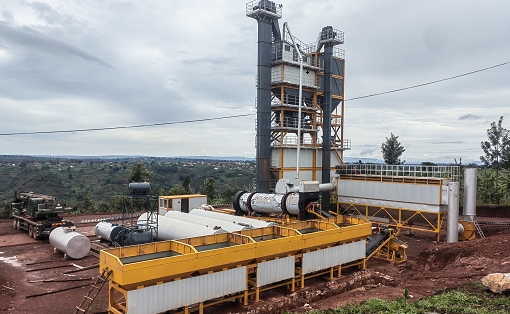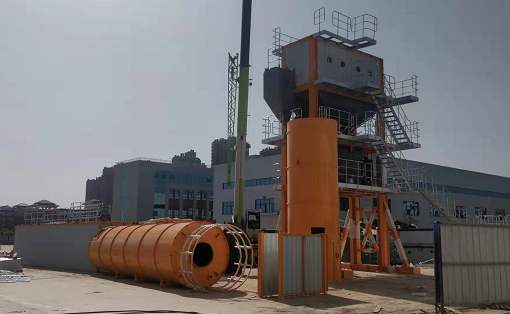Conveying system of hot aggregate in asphalt mixing plant
Conveying system of hot aggregate in asphalt mixing plant
Contact US
Get Price
Share:
Content
Conveying system of hot aggregate in asphalt mixing plant: The hot aggregate coming out of the drying drum is transported by the hot material hoist to the screening machine located above the mixing building.
Inquiry
More Asphalt Mixing Plant

































